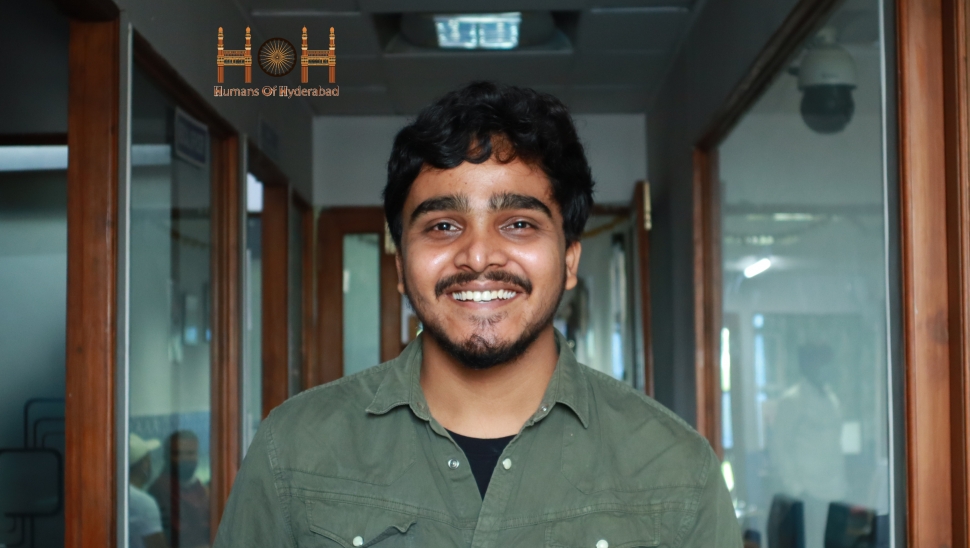“Coming from a conservative middle-class family, I was always told that helping people in need is an act of charity and should be done only on special occasions. I have had a strong disagreement with this thought since childhood. To me, it was more about taking responsibility than charity. I have grown up with these thoughts but couldn’t act until I moved out to pursue higher education.
After moving to Hyderabad, I explored how I can share the responsibility of social development through volunteering. I started working with nonprofits at the age of 17 and the past seven years in the social sector have transformed me more than my academics.
All this while, I found various causes which I enjoyed working for, met interesting humans who I now call friends.
While growing up, my thought process was often invalidated until I met a few amazing people in the social sector who gave me space to express myself. Today, I know a good bunch of folks who dream about changing the world and in fact, I found those who are changing it.
In March 2020, India entered a nationwide lockdown and I was alone in my flat. My freelancing work ended and I was jobless. The concept of lockdown was new to me and seeing migrants go back to their hometowns, got me thinking about how I can support them at such a time of crisis. Meanwhile, I received a Whatsapp request asking me to donate blood for a Thalassemia child.
I knew I was not eligible due to an anti-rabies shot I had. With the guilt of not being able to help migrants nor being able to help the Thalassemia child through any means, because of strict lock-down, I shared my concerns to a close friend, Sandeep Kavety, over a call. This made me realize how we can mobilize people online to help and support Thalassemia children who need blood every 15-20 days to survive.
Blood Donation comes with a lot of myths & stigmas around it, the rapid spread of the COVID-19 virus made it more difficult for me to convince people to donate blood.
There was less to no awareness of Thalassemia, while children with this blood disorder struggled to survive during the lockdown.
I felt like giving up many times as I failed to burst those myths or challenge the stigmas and convince people to donate blood. But then I knew giving up won’t solve the problem and was against my value system.
It is when we recruited volunteers to fill the gap, who are now taking the vision forward. This shaped our work into an organization called Blood Warriors and I became a co-founder unintentionally (laughs).
As we worked more and more with Thalassemia children, the problem seemed to be getting bigger and bigger. Imagine a child who needs a blood donor every 20 days just to survive. Blood Warriors was supporting the children with blood donations but I felt we were attending to superficial aspects rather than the root cause. After a few months, we addressed this issue with a solution model called Blood Bridge, which is an ecosystem of 8-10 blood donors supporting one child throughout a year. This intervention made me believe that creative thinking and commitment can solve any problem. It is an example of a perfect synergy among head, heart, and hands.
I am happy how a short call sharing my concerns turned into a full-fledged organization, which is contributing to UN’s Sustainable Development Goals 3(Good health & wellbeing) and 17(Partnerships for the goals) with collaboration for a shared vision of supporting Thalassemia patients. When I reflect on my journey with Blood Warriors, I started to strongly believe how actions can change the world. Just start doing and things will fall into place, this is one lesson I learned from my course at the Indian School of Development Management.
With the commitment volunteers show at Blood Warriors, I am sure we will break the stigmas, change mindsets, bring more creative and innovative solutions over time, and build a better support system for Thalassemia children. Despite COVID and lockdown, more than 700+ donors have believed in our work and I express deep gratitude to all these donors who added life to these 700+ children. One thing I want to say to the people – you need not be a doctor to save a life, donate blood and you already saved a life.”

